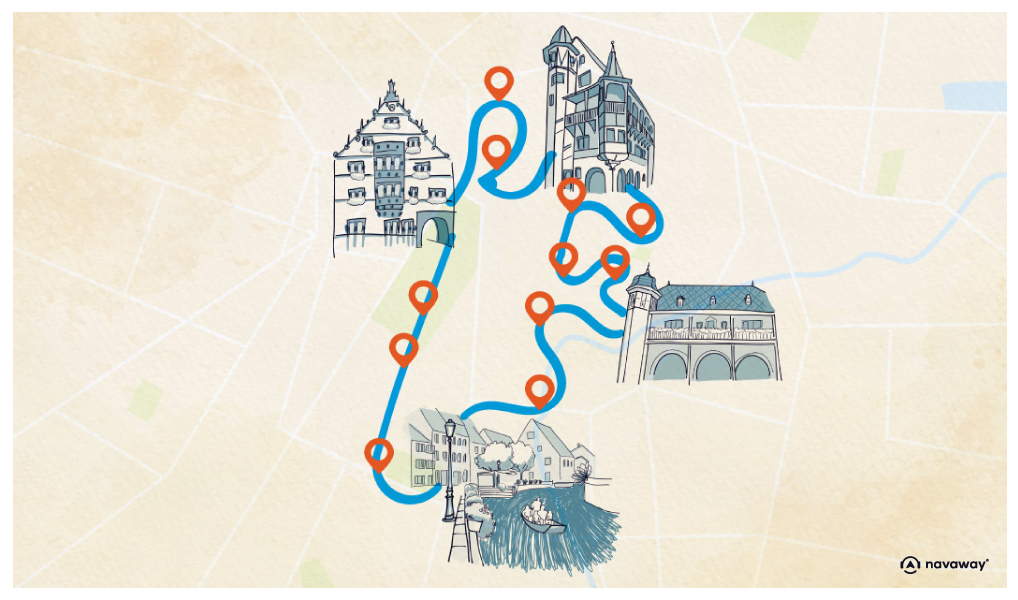
Hansi Museum
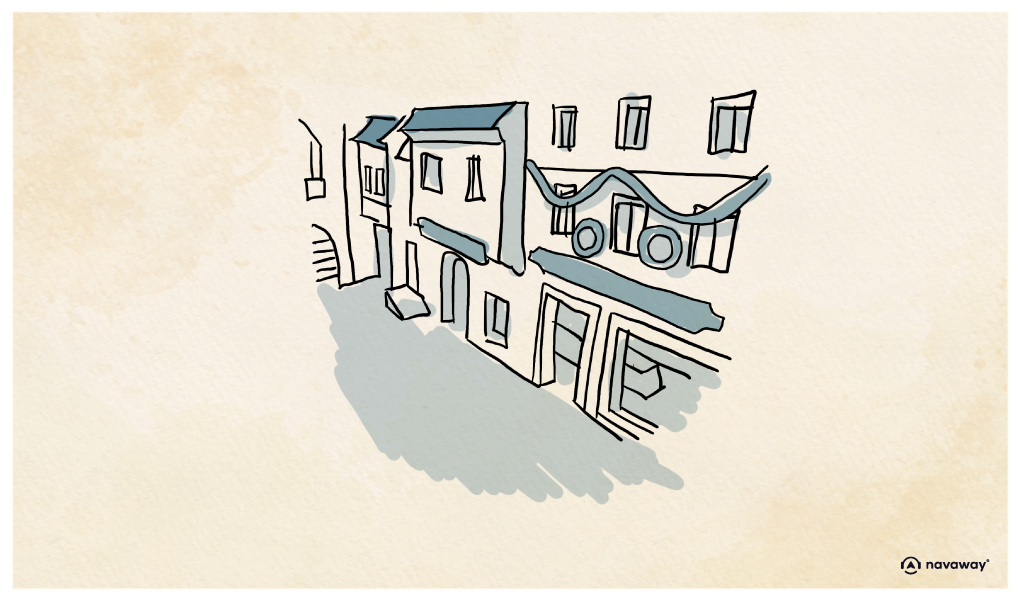
This point of interest is available as audio on the tour: Visit Colmar, On the road to Alsace
Check out that charming building to your left. That’s the Hansi Museum, dedicated to the local watercolorist and illustrator Jean-Jacques Waltz, better known as Hansi or Uncle Hansi. Born in Colmar in 1873, Hansi is famous for his many drawings, especially his postcards, that capture the everyday life of Alsatians. His idyllic scenes of Alsatian towns and villages, filled with quirky characters, perfectly reflect the region’s charm. But Hansi was more than just an artist; he was a passionate patriot. In 1871, Alsace, along with Lorraine, was annexed to Germany after the Franco-Prussian War. Jean-Jacques Waltz was strongly against this decision and he used his art as a weapon, filling his drawings with satirical jabs and anti-German caricatures. His pro-French stance didn’t sit well with the Prussians, for he always pictured Alsace as fiercely loyal to France. In 1912, he was sentenced to one year in prison for high treason. When World War I broke out in 1914, Hansi enlisted as a corporal in the infantry regiment, eventually becoming an interpreter officer, tasked with interrogating prisoners. In 1915, he was assigned to the Aerial Propaganda Service, where he designed propaganda posters. His popularity soared in Alsace during the war, but his provocative, satirical art continued to draw the ire of the German authorities. He was relentlessly persecuted, and thus developed deep-seated hatred of the Germans, creating more and more biting drawings. After the liberation of Alsace, his popularity waned, but he continued to create drawings and watercolors throughout his life. He was beaten by the Gestapo during World War II, and died in 1951 as a controversial artist, both loved and hated for his unwavering French patriotism. Be that as it may, he remains an iconic figure of 20th-century Colmar, and this museum is your chance to discover his works, watercolors, advertising posters and postcards, as well as some of his personal belongings. On the first floor, there’s also a reconstruction of an Alsatian square from the 1920s, that will immerse you in the period décor of the artist’s homeland. Admission to the museum costs a few euros, but it’s well worth the visit.


Discover Colmar with app
An interactive guide through the most beautiful streets, squares, and districts
14 fun audioguides full of historical facts, anecdotes, and legends
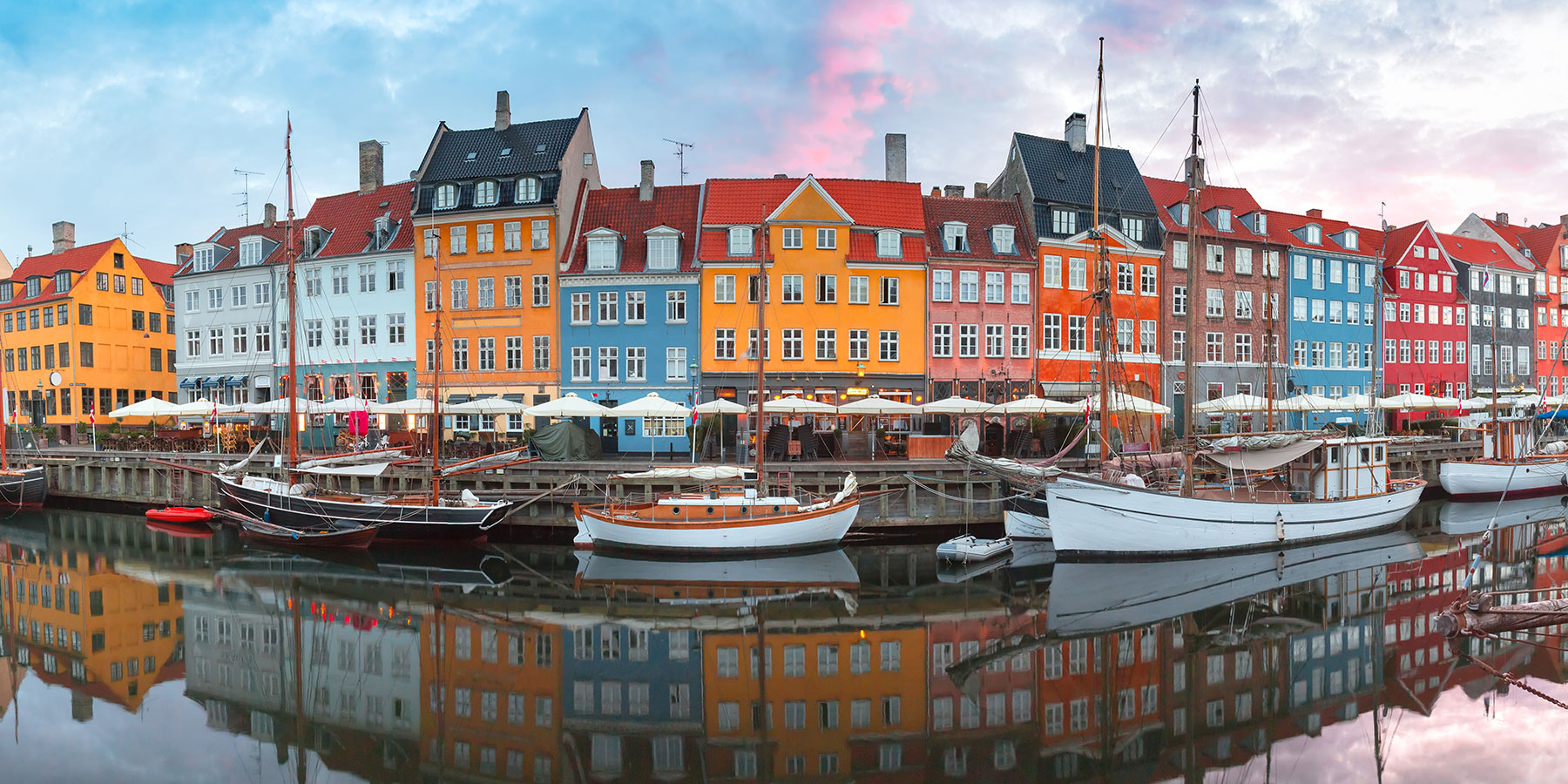
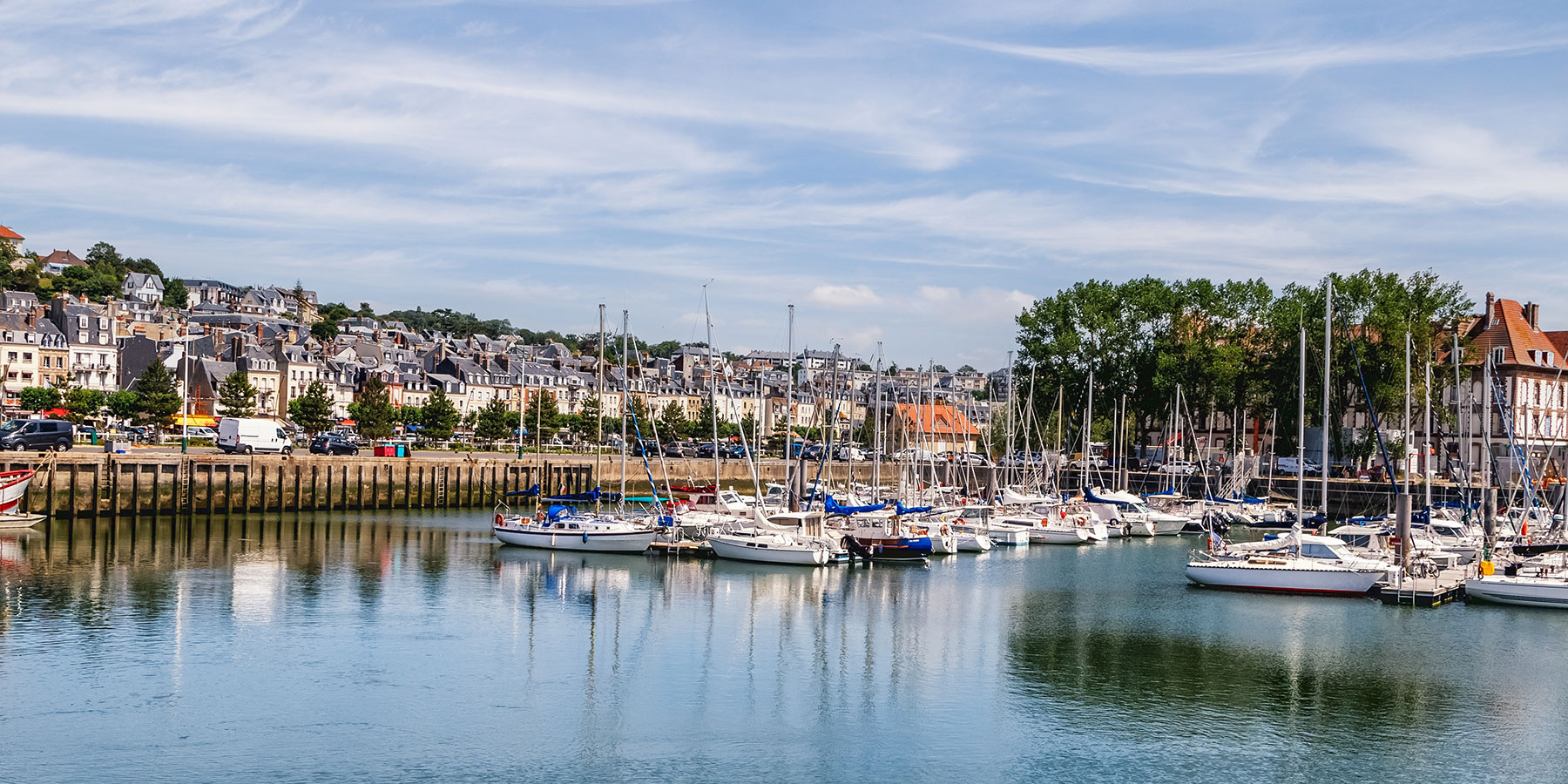
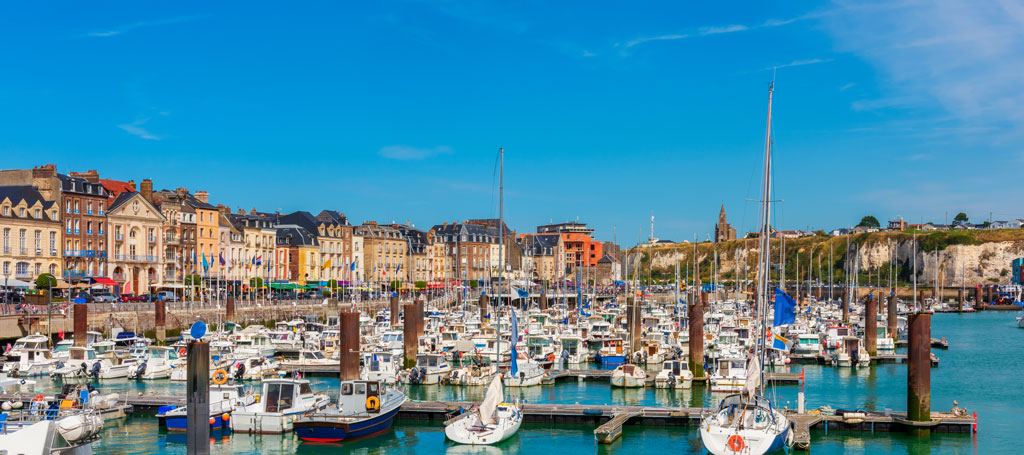


Comments